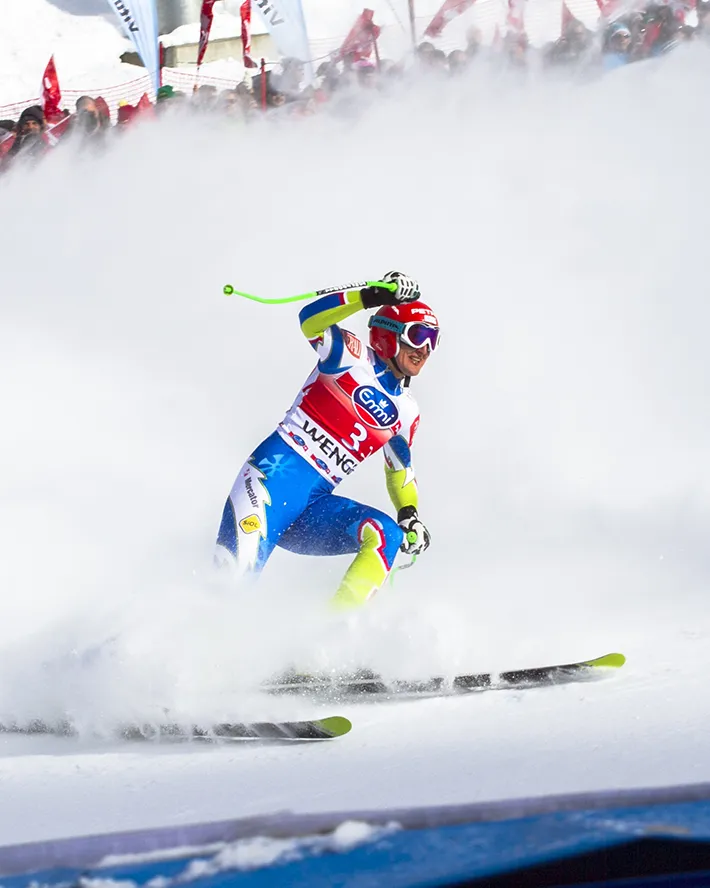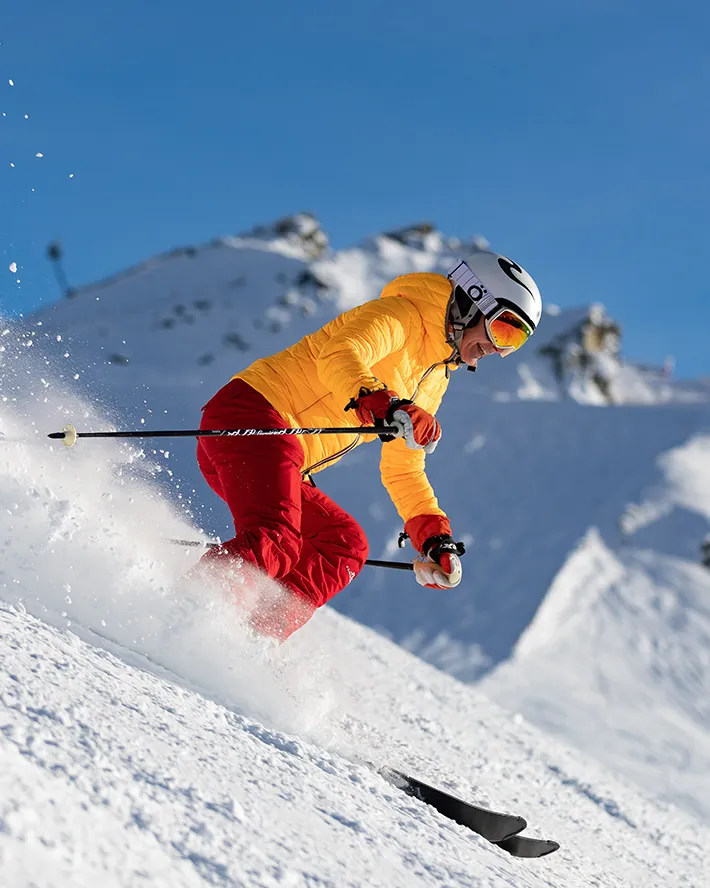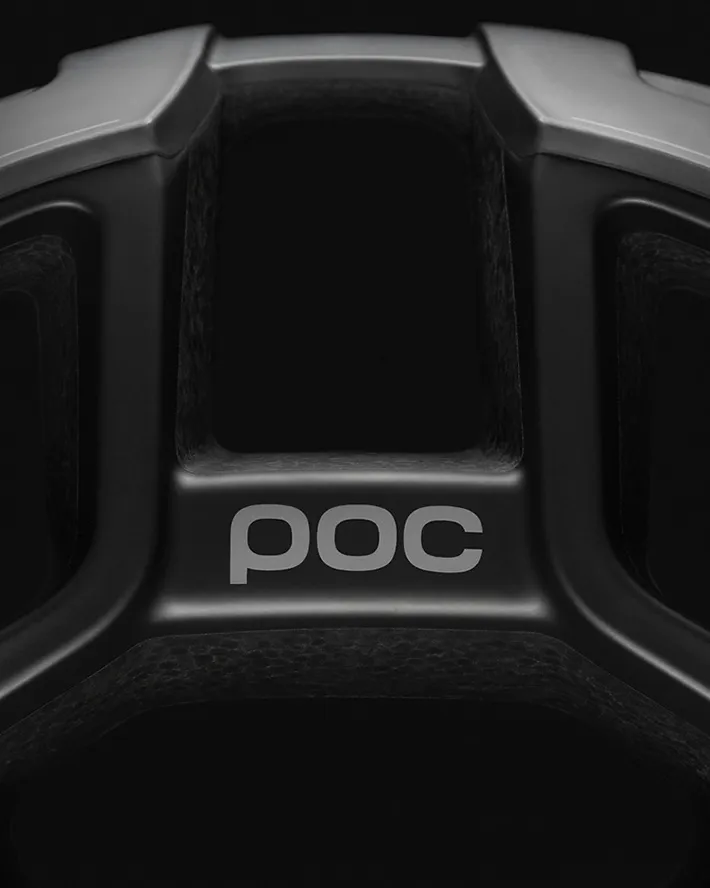Ski racing has a rich history dating back to the early 20th century, when the sport first began to gain popularity in Europe and North America. Over the years, many legendary ski racers have emerged, pushing the boundaries of what was thought to be possible and leaving a lasting impact on the sport. In this blog post, we will take a look at some of the pioneers who changed the game and helped shape the sport of ski racing into what it is today.
10 tips for kitting out kids for skiing
As a survivor of many family ski holidays, I thought it might be useful to jot down a few lessons that I've learned about kitting out children for skiing. So if you're wondering what children need for a family ski holiday, read on.
1. Ski outer wear for children.
This need not be particularly expensive, but does need to be warm, windproof and waterproof, preferably with some form of breathable fabric. Check out Trespass or Decathlon for stuff that's reasonably priced and will do the job. I'd highly recommend having snow cuffs on jackets, and an internal snow skirt is a good idea too, as it helps prevent snow getting into the jacket when the kids fall. A sleeve lift pass pocket is also a good idea- with the electronic contactless type of lift pass you can put it in there and forget about it for the rest of the holiday. If the pass is in a front pocket along with other stuff that they're accessing it will be guaranteed to fall out and get lost! For ski trousers, I reckon that the salopette type are a good idea, as they prevent wet and cold legs by stopping snow entry at the waist. Unless your child is under 5, a powder hound or has an odd affinity for the 1980's, I'd avoid a 1 piece suit, as it's just so much of a faff for them to go for a wee.
2. Ski Gloves (they will get lost).
Children will do their best to loose gloves. You can prevent this by going for the old-school "attach them together with a bit of tape and thread through the jacket" look, or by buying a set of ski gloves with wrist loops (although this still didn't stop one of mine loosing a glove on the school ski trip, *facepalm*). It's perhaps sensible to bow to the inevitable and take a cheap spare pair of gloves with you. Gloves should have insulation that is warm even when wet- e.g. wool or a technical fabric like Thinsulate. And they will get wet, 'cos they've got a big hole at the top and children fall over a lot/make snowballs a lot, so for that reason it's perhaps not worth spending a lot of money on GoreTex gloves for children.
3. Base thermal layer.
A warm and wicking base layer is highly recommended, but again this needn't break the bank. At the time of writing I found thermal ski tops and pants on the Decathlon for under £5, and thermal micro-fleeces for under £15. I'm writing this in August, so that's another tip- do your ski shopping in the summer if you want to get a bargain (e.g. see our own website in summer for some great deals).
4. Ski Socks.
Ski socks needn't be particularly thick, as ski boots provide plenty of insulation. However, they do need to be long enough to reach above the top of the boot. This means that they can be pulled up to stop wrinkles developing at the shin pressure point, a sure recipe for blisters. For the same reason, avoid socks that are way too big.
5. Ski Helmet.
I always insisted that my children wear helmets and in some countries (e.g. Italy) wearing a ski helmet is compulsory for children. In general if you're hiring ski equipment you'll be able to add in helmets for free or for minimal extra cost. If you'd rather not have your precious' head inside a helmet that's had countless other sweaty heads before it, and which has possibly suffered who knows what abuse, you can buy your own. If you do so, choosing a size adjustable helmet will give you more room for growth and help with a better fit. You can see our range of children's ski helmets here- these are all top quality, as I refuse to stock any helmet that I wouldn't put on my own children. If you want the ultimate in safety choose a POC children's ski helmet. The vibrant colours ensure high visibility, they are made of top quality material, they are supplied with a special name tag/contact details sticker, and some models even have integrated rear LED lights to enhance visibility even further.
6. Ski goggles and sunglasses.
I'd advise against buying the very cheapest single lens ski goggles, and suggest splashing out a bit more on goggles with double lenses and anti-fog coating. The single lens versions are very prone to fogging or freezing up. Our range of ski goggles is here. Sunglasses need to be shatter-proof, and make sure that they give full UV protection.
7. Suncream and lipsalve.
In the words of Baz Lurhmann, DON'T FORGET THE SUNSCREEN! There's a lot of UV light at high altitude, and this is compounded by reflection from the snow. Choose a high factor appropriate to skin tone- for people of northern European origin, at least a factor 30 screen (and 5* UVB protection) and possibly higher, especially if skiing at high altitude. Help them put the sunscream on before going out to ski and top up regularly, even if using one of the "all day" creams.
8. Snack and money for breaks.
If they're in ski school then a snack in their pocket is a good idea to give them a chance for a bit of an energy boost when they're flagging. When skiing in Europe, we usually brought out a multipack bag of Kitkats or similar. 5 euros for a hot chocolate is also welcome, as many schools will stop for a mid-session break.
9. Ski Boot fitting.
The really key thing is to get boots that don't hurt, so have your child wear their ski socks, listen to what your child is saying to you about fit, and don't be afraid to ask for another pair if they seem to be fitting poorly. The boots should give a snug but not too tight fit, with no rubbing areas. When flexed forward the toes shouldn't touch the fronts of the boots. All reputable ski hire shops will swap out boots midweek, so if the boots are uncomfortable after a day or so, don't be shy about asking for a change.
10. Remember to enjoy your family ski holiday!
You're having a great family holiday, giving your kids memories that they will treasure and a skill that will be with them for life. Enjoy it!


